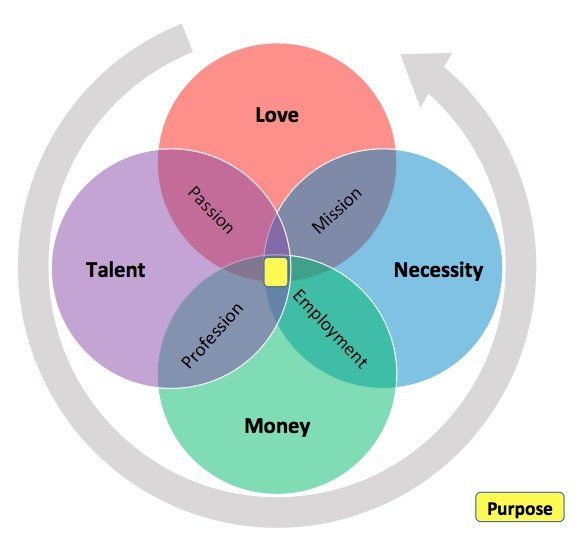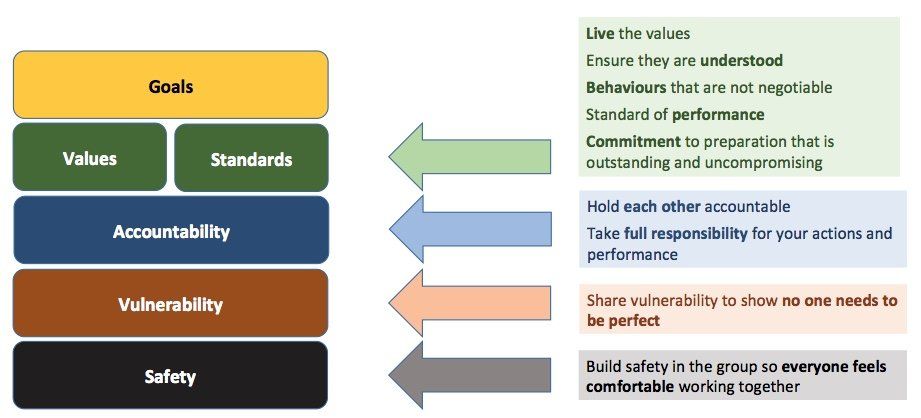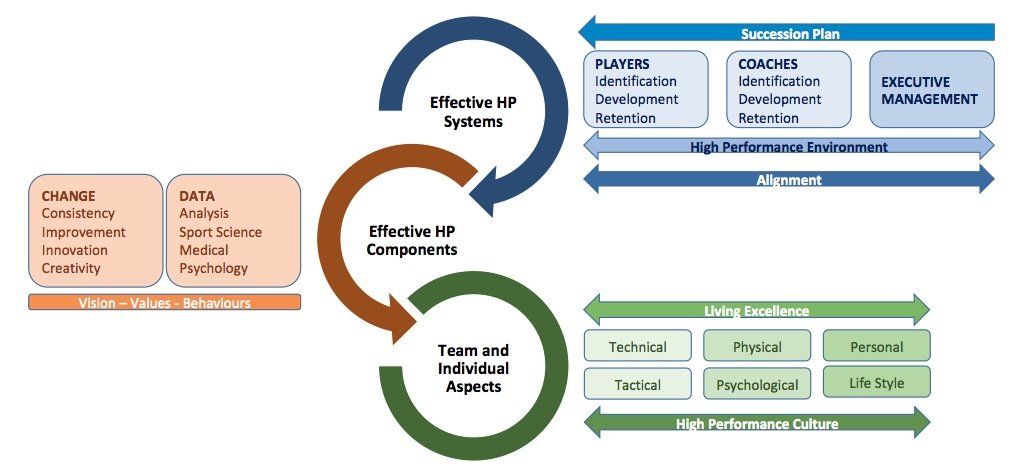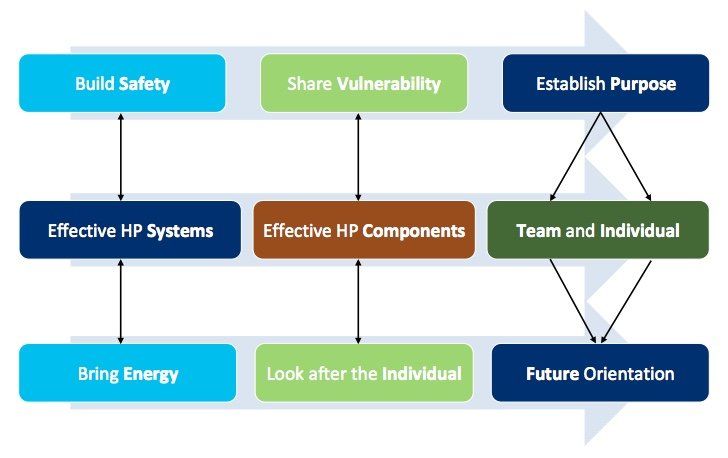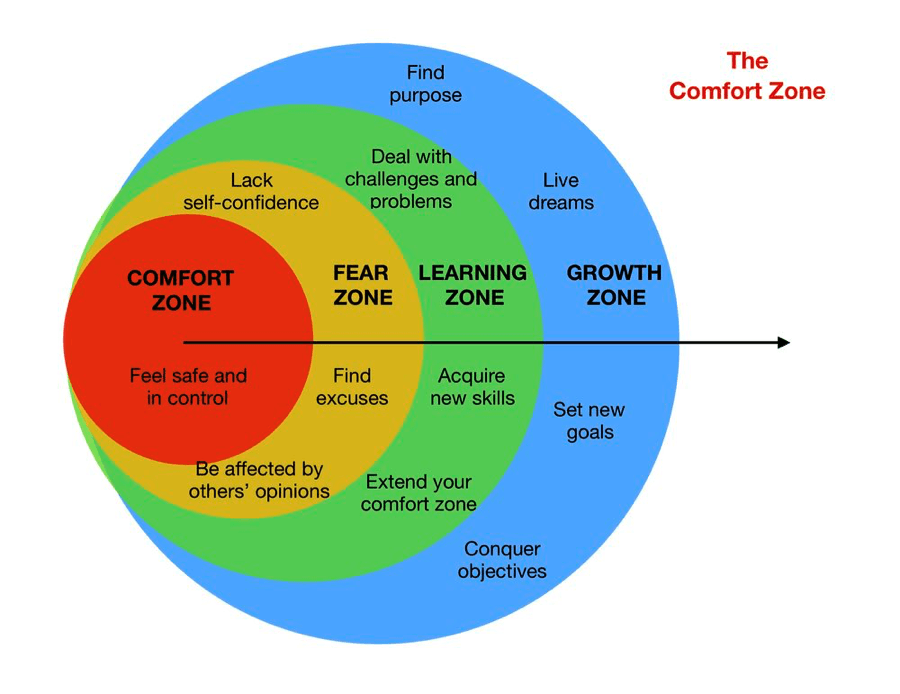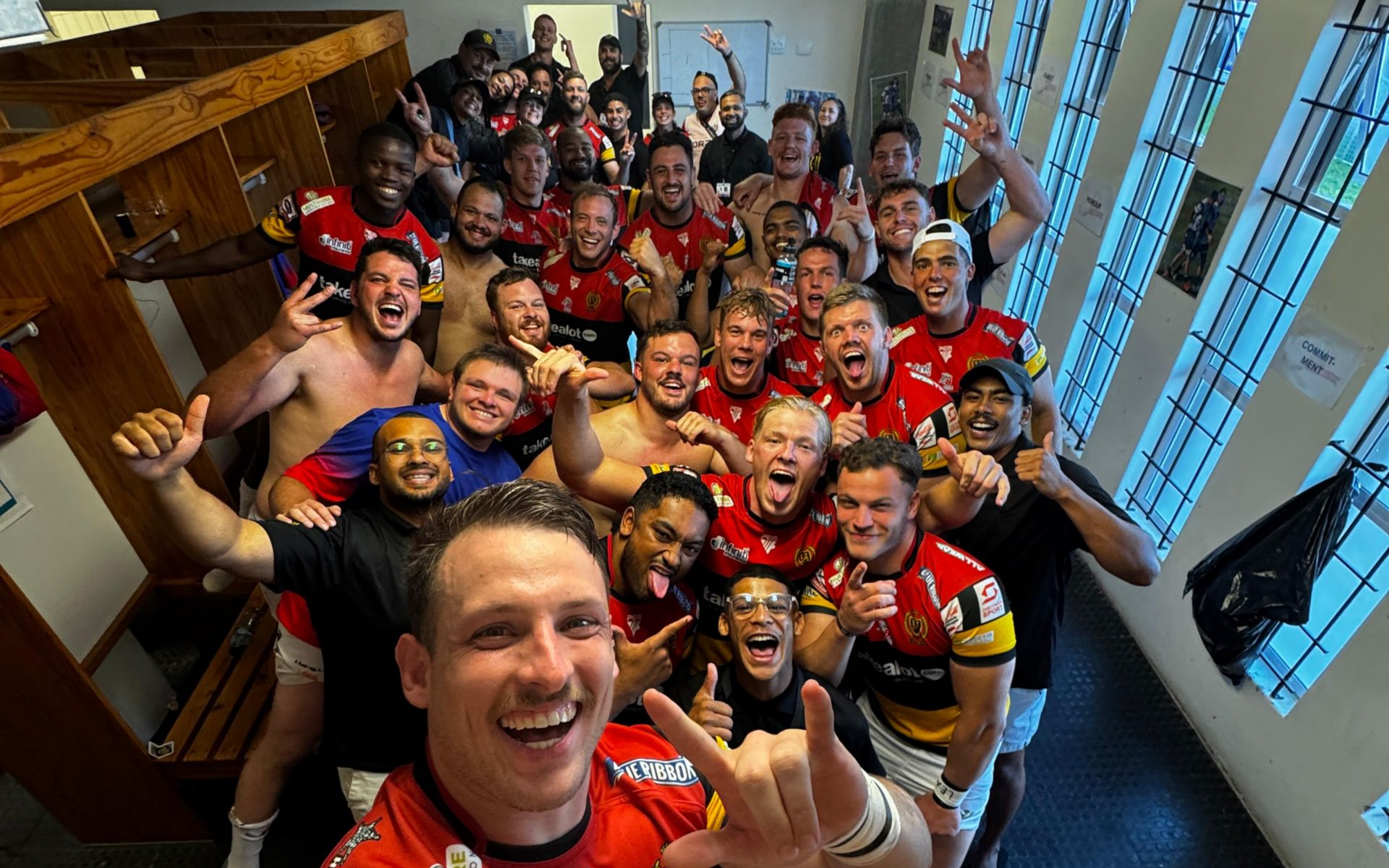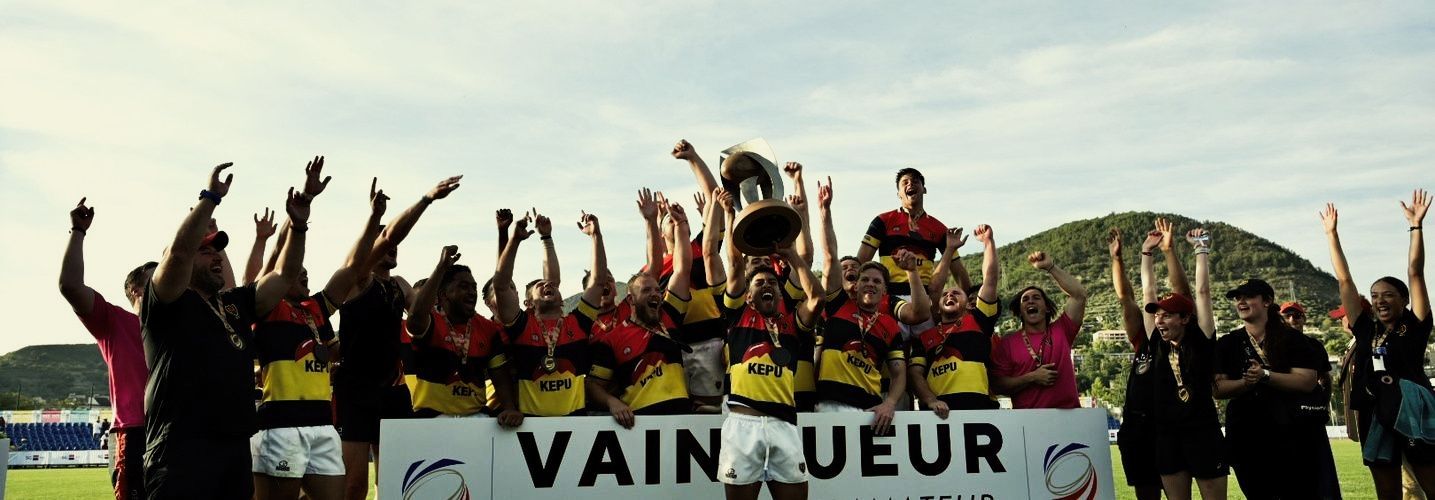A lethal combination: Culture and High Performance
The big buzzwords in sport currently are ‘Culture’ and ‘High Performance’. Can these two buzzers be a lethal combination within a sporting environment?

CULTURE
What is ‘Culture’?
The word culture derives from the Latin cultus, which means care.
- Culture is something you (we) do
- Culture is a driver of behaviour
- Culture drives expectations and beliefs, expectations and beliefs drives behaviour, behaviour creates habits and habits create the future.
Culture is a tool that improves our ability to function efficiently and effectively in groups.
Culture helps with building relationships, connections and building a team.
To cultivate a good culture within an organisation there needs to be a purpose.
This purpose is also commonly known as the ‘why’.
Once this purpose is clear, people are willing to commit and sacrifice.
This purpose delves deeper than just the organisational ‘why’ and is more than just about the results in the end. It is why we exist.
We use this purpose as the foundation to build our ‘what’ and our ‘how’.
Simon Sinek has a great video where he explains his principles of ‘why’, ‘what’ and ‘how’.
To get a healthy culture we need to change behaviour and drive that behaviour.
Starting with ‘why’ and getting a common purpose is the answer.
To watch the video click here: Start with why - how great leaders inspire action | Simon Sinek
Generally in the professional sporting industry players go through a cycle as represented below.
- As kids, players have a love for the game they play and they play it with passion.
- The more they play the game, the more they realise they have a talent for the game and realise that this can become a profession.
- Players turn professional and earn money for what once was a game they played for the pure love of the sport.
- At the end of players’ careers the sport has now become a necessity to sustain life and in most cases the love and passion has disappeared.
The challenge for us as leaders in professional sport is to keep the fire burning, to keep the love and passion continuing in our athletes and staff, through a shared purpose and a ‘why’ that is unstoppable. Doing this will create a healthy culture.
So how do we create this ‘culture’ as leaders within our sporting organisations?
Taking inspiration from Daniel Coyle and his book
“The Culture Code”
I have derived the following diagram as an indication for leaders to build a ‘culture’.
Safety
Build safety in the group so everyone feels comfortable working together.
Make sure that there is a common purpose and those roles and responsibilities are clear.
There should be clear rules of engagement within the group, that all agree upon, so that the group can operate within these guidelines with safety.
Vulnerability
No one needs to be perfect.
Athletes and staff must feel free to express themselves without the fear of criticism from management and peers.
Make sure you reward effort above skill.
Accountability
With clear guidelines everybody within the system should hold each other accountable for actions and performance, but also take full responsibility for their own actions and performance.
Values and Standards
Only once you have installed a safe and vulnerable environment where everyone within the organisation takes accountability for their actions, can you implement values and standards.
These are the daily behaviours and habits that drive the future of your organisation.
Goals
Once you have safety, vulnerability, accountability and your values and standards as foundation in place, can you look at placing goals on top of the pyramid.
It is important that a person understands and feels part of the culture.
Once an organisations’ people has connected with each other and start living the culture will they be equipped to deal with challenges and success.
When a strong culture has been build it will be visible to people from the outside and it will attract people that do not form part of the group.
Culture is the one thing you can grow and enrich within your organisation and it is 100% within your control.
HIGH PERFORMANCE
Tom Young in his book “The making of leader” also mentions that we need to understand that it is not the culture that is high performing, but the people within the organisation.
What is high performance then?
According to Cambridge dictionary High Performance means to “operate to a high standard”.
How do we get people within an organisation to operate to a high standard?
For effective high performance there are three parts that play a role and needs to be in place:
- High Performance Systems
- High Performance Components
- Team and Individual Aspects
A simple breakdown and summary of each one of these is given in the diagram below.
High Performance Systems
To obtain high performance there needs to be systems in place to identify, develop and retain the correct people within the organisation. These people all need to be aligned and be part of the succession plan of the organisation. To make sure this happens the correct environment needs to be created.
High Performance Components
Systems drive components within high performance. The systems are people as discussed and these people need to drive the high performance components of change and data. These are the day-to-day components that happen within the organisation and are underpinned by the vision, values and daily behaviours of the people within the organisation.
Team and individual aspects
The final part of high performance is the six blocks of development for individuals and for the team within the sporting organisation.
For all individuals, the team and the organisation to operate at the highest level, there needs to be a conscious effort to develop in the following six areas:
- Technical
- Tactical
- Physical
- Psychological
- Personal
- Life style
Once this is achieved the people that drives high performance and culture will live a life of excellence and the organisation can operate to a higher standard.
To achieve and operate at a high performance level is not an easy task, and for the most part not comfortable. If it were easy everybody would have been able to do it.
A great example would be the way Stephen Francis (previous head coach at MVP track and field athletics club – Jamaica) puts it: “The road to success is largely uncomfortable. People must not be too comfortable in a performance environment. They should not be to uncomfortable either”.
To watch a short interview with Stephen Francis click here: Stephen Francis: "The road to success is long and uncomfortable"
To see MVP trach and field club results click here: MVP Track and Field Club
With background of culture and high performance, how would we combine the two to create a high performance organisation with a great culture?
Or simply said, a high performance culture within our organisation.
THE WAY FORWARD
The way forward is combining these two buzzers into one.
Within your high performance systems consisting of people you need to build in safety and bring energy towards the group. This will aid in alignment and make identification and development of individuals much easier.
In the high performance components where change happens, underpinned by the daily behaviours and values of people, there needs to be vulnerability and the individual needs to know that you are looking out for him or her. People need to feel safe in their day-to-day jobs, with the freedom to push the envelope and make mistakes in the process.
In the six areas of development for the individual the purpose of the individual will be established and so the future orientation of the individual, team and also the organisation will be established.
This will bring us full circle to our ‘why’, the purpose of the individual, creating a high performance culture within the organisation to achieve and perform at a higher level in the process.
FOOD FOR THOUGHT
How do we create and stimulate a culture that supports and encourages a High Performance environment while our athletes are feeling ‘comfortable’ being ‘uncomfortable’

